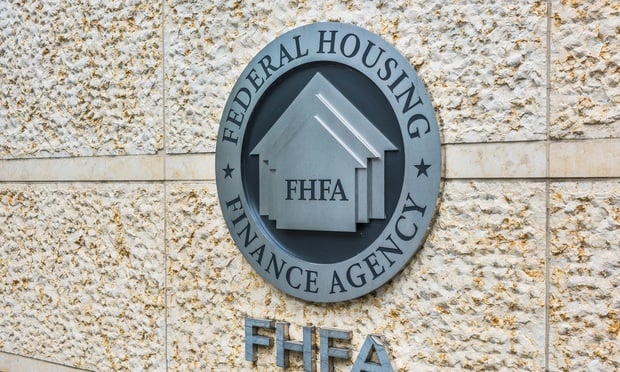The study looked at the 617 tenants using more than 20,000 sf,which account for almost 48 million sf in the market. That's whereTrammell Crow found the small fraction of pure-play Internetcontent and commerce companies. Another 15% were incomputer-related businesses, while the rest were a variety. About30% are Standard & Poor's rated companies, 14% are governmenttenants, 4% are associations (a strong type of tenant in thismarket), and he remaining 29% are a variety of companies.
"The data says that the market is not some house of cards builton shaky credit," Callanan said. That's important in an area wherememories of the last real estate recession still sting almost adecade later.Owners can read the data two ways, Callanan said.First, it means that the market is safe for investment. Second, ifthere are so many other types of tenants out there, owners can holdout for better credit tenants.Callanan became interested in thequestion after reading an article on how quickly dotcoms were"burning" through their cash. He decided he wanted to inventory thelocal market and see how big a risk these companies might pose.
Continue Reading for Free
Register and gain access to:
- Breaking commercial real estate news and analysis, on-site and via our newsletters and custom alerts
- Educational webcasts, white papers, and ebooks from industry thought leaders
- Critical coverage of the property casualty insurance and financial advisory markets on our other ALM sites, PropertyCasualty360 and ThinkAdvisor
*May exclude premium content
Already have an account?
Sign In Now
© 2024 ALM Global, LLC, All Rights Reserved. Request academic re-use from www.copyright.com. All other uses, submit a request to [email protected]. For more information visit Asset & Logo Licensing.








